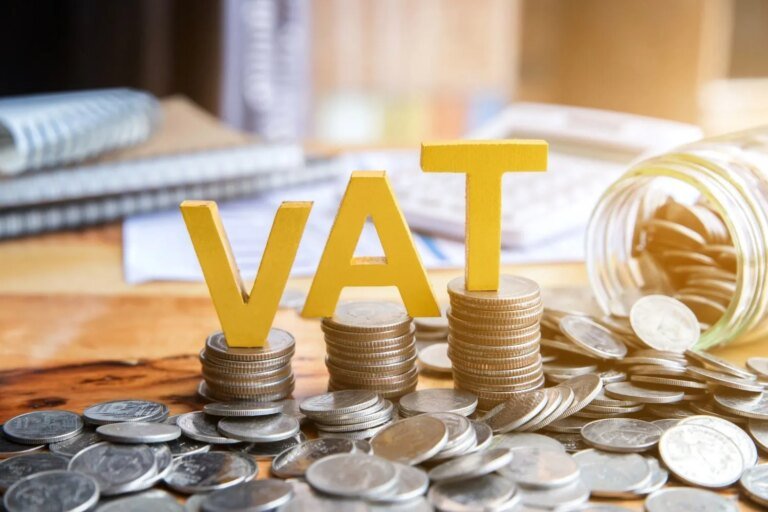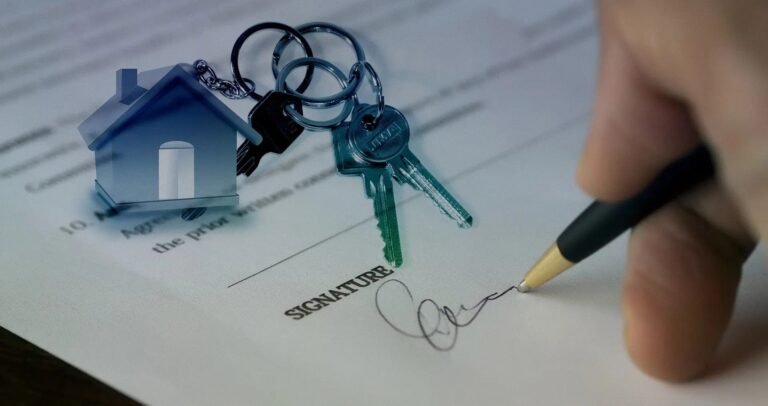Incorporating a business often brings up questions around transferring liabilities, such as the need to refinance mortgages and the potential for overlooked obligations.
It’s necessary to discover the many facets of business liability and how to navigate the transfer process with confidence.
This guide article explores the complexities of transferring liabilities during incorporation, and highlights key considerations when transitioning from a property partnership business to a limited company.
Embrace the future of your business and ensure a smooth transition by taking control of liability transfer on incorporation today!
Incorporation Relief : Do You Qualify?

Incorporation relief is one of the major reliefs that you can obtain on incorporating your property partnership business into a limited company. To qualify for S162 Incorporation Relief, of Taxation of Chargeable Gains Act 1992 you must transfer your whole business as a going concern and transfer all of your business’s assets to the company (with the possible exception of cash) wholly or partly in exchange for the issue of shares in the company in order to qualify for.
To the extent that consideration is received other than in shares, an appropriate proportion of the gains on the chargeable assets transferred will remain chargeable to tax.
But what about the liabilities of your property partnership business? Well, the good news is the business liabilities can also be transferred to the limited company when a property partnership business is incorporated.
Business Liabilities: Do they Count as Consideration?
Extra Statutory Concession (ESC) has guided whether to consider the transfer of business liabilities as a part of the consideration. ESC/D32 states that,
Where liabilities are taken over by a company on the transfer of a business to the company, the Revenue are prepared for the purposes of the ‘rollover’ provision in TCGA 1992 S162, not to treat such liabilities as consideration. If therefore the other conditions of S162 are satisfied, no capital gain arises on the transfer. Relief under S162 is not precluded by the fact that some or all of the liabilities of the business are not taken over by the company.
When the business liabilities are transferred from your property partnership business to the limited company, ESC/D32 enables such business liabilities to be excluded on the quantification of ‘Other Consideration’.
This is because the transferor is not receiving cash to cover any tax liabilities on the transfer and that the shares in the company are worth less than they would have been if the business had been transferred free of liabilities.
Nevertheless, it’s important to note that this concession only applies to business liabilities. The business liabilities transferred need to be the same in the hands of the individual(s) as in the hands of the company.
If the company takes over your personal liabilities, this will be treated as a part of the consideration. A personal liability includes any tax liability associated with the transferred business.
Transfer of Liabilities to a Company: Hassle Free Methods
The transfer of business liabilities moves your mortgages from individual(s) to a company which may attract different borrowing terms. Banks usually require a new financing package upon incorporation due to change in ownership structure

When refinancing your mortgages, you must confirm that the structure complies with the strict requirements outlined in the ESC/D32.
Let’s have a look at the methods of transferring the liabilities to the company:
Refinancing with the Same Terms
Here, the limited company takes out the loan/mortgage under the same terms as old loans in individual names. This will be simply treated as a transfer of liabilities to the company at the time of incorporation meeting ESC/D32 condition.
The limited company needs to arrange new mortgages for purchasing the properties of the existing owner to meet ESC/D32 condition. For completion, a solicitor must simultaneously complete the new loans and redeem the previous loans of the owner.
However, there is a significant amount of risk involved. Suppose the company does not assume the same liabilities of the assignor, but instead raises finance of its own, which is passed to the assignor to settle its debts related to the transferred properties. In that case, there is considerable risk that HMRC might choose not to apply its concession.
Thus, the lender should agree to transfer the liabilities of individuals to the company on the incorporation.
Discover how an incorporated partnership can help landlords save money, reduce risk, and increase profitability on our article “Benefits of Incorporated Partnership for Landlords”.
Novation
Novation is an agreement between the existing borrower and lender to change the existing loan terms so that the company becomes the borrower. This method is probably one of the most preferred methods for refinancing purposes.
In practice, the terms of loans for individuals would be different to companies. Therefore, the solution is to agree on new refinancing terms with the lender, with the understanding that the loan will be novated to the company shortly after.
The owner uses the advance to repay their existing debt, and the novation of the loan falls within the concession, such that the incorporation relief is then fully available.
Generally, banks feel confident about the situation and are willing to lend on this basis. However, it is also significant to note that HMRC acknowledges that this falls under the terms of its concession, but there is no guarantee that this will always remain the case.
Indemnity
The acquiring company provides a contractual indemnity to the original owner to adopt liabilities, i.e., to service debts and to pay them when they are due.
HMRC manual CG65745 has stated the following:
‘The transferor is not required to transfer business liabilities to the company but often does so. This is normally done in practice by the company giving the transferor an indemnity in respect of those liabilities.’
In other words, the company ‘takes over’ the liabilities of the business it is acquiring.
Most Effective Transfer of Liabilities Solutions?

Whether you should refinance your mortgages in the name of the company is a complex question with no one right answer.
When considering the methods to transfer liabilities from your property partnership business to a limited company that best suits your needs, proper planning is necessary to acquire the greatest results.
It is important to seek legal advice to fully understand the concept of transfer of liabilities during incorporation.
Our experienced tax advisors at UKPA can help you plan ahead more efficiently.
We are dedicated to solve your queries.
Contact us for assistance at any stage of your journey.









